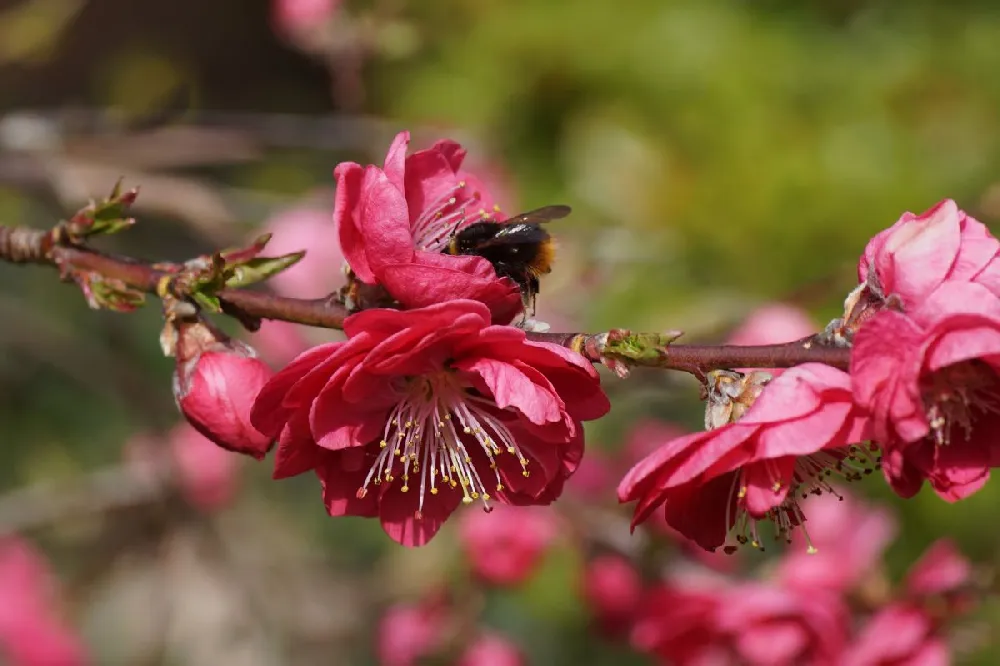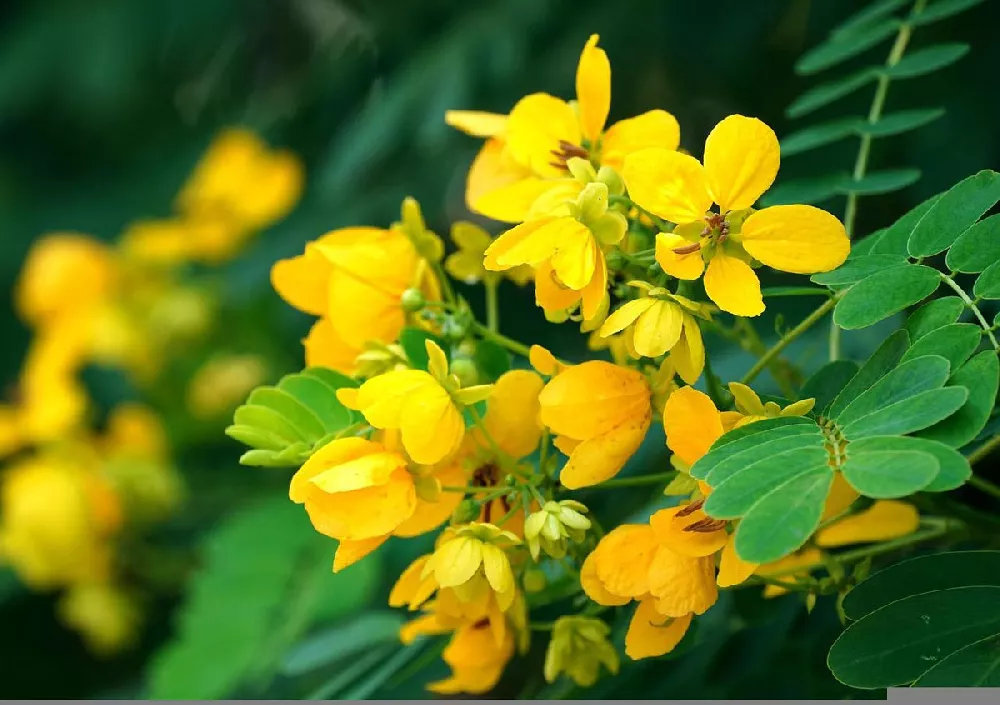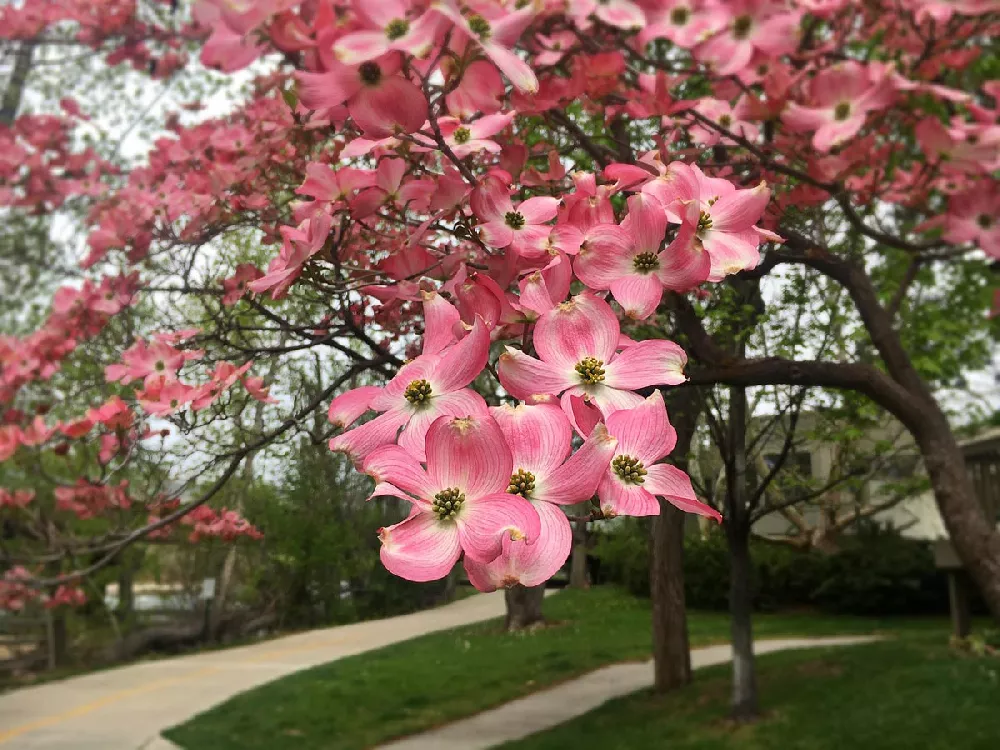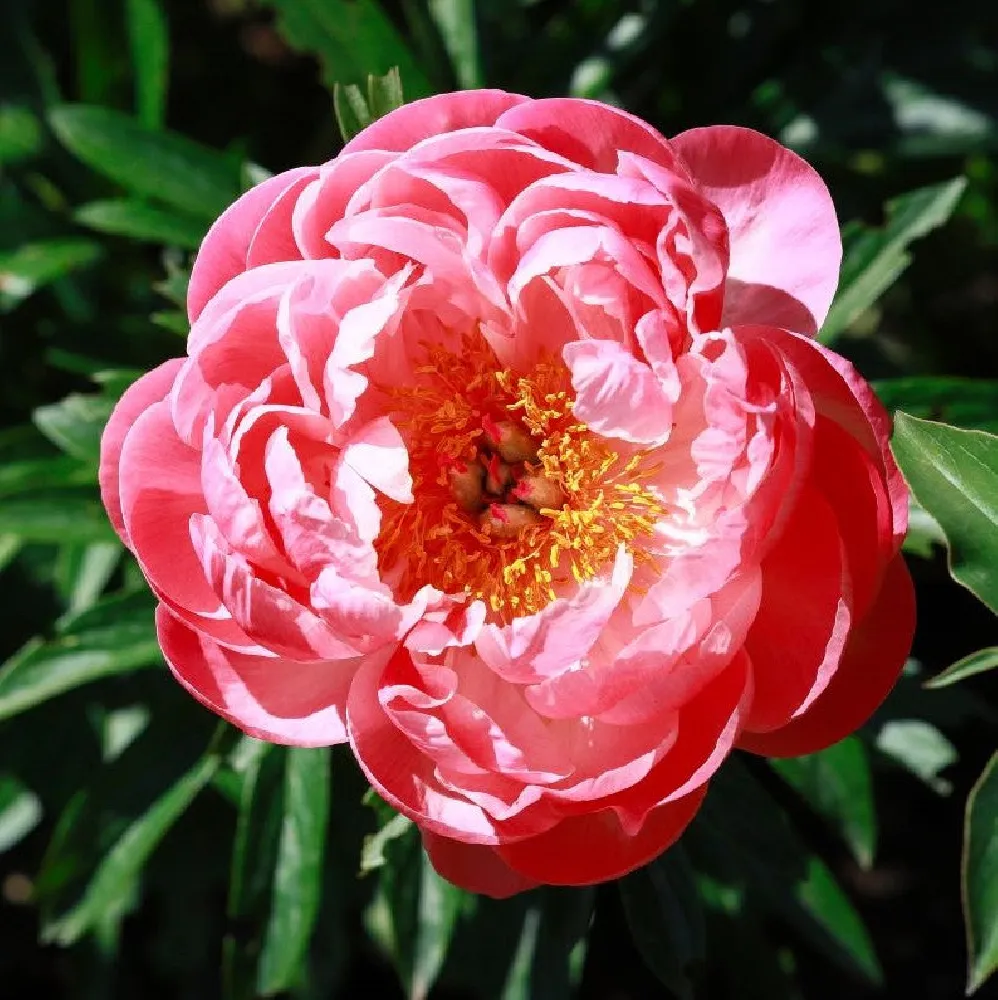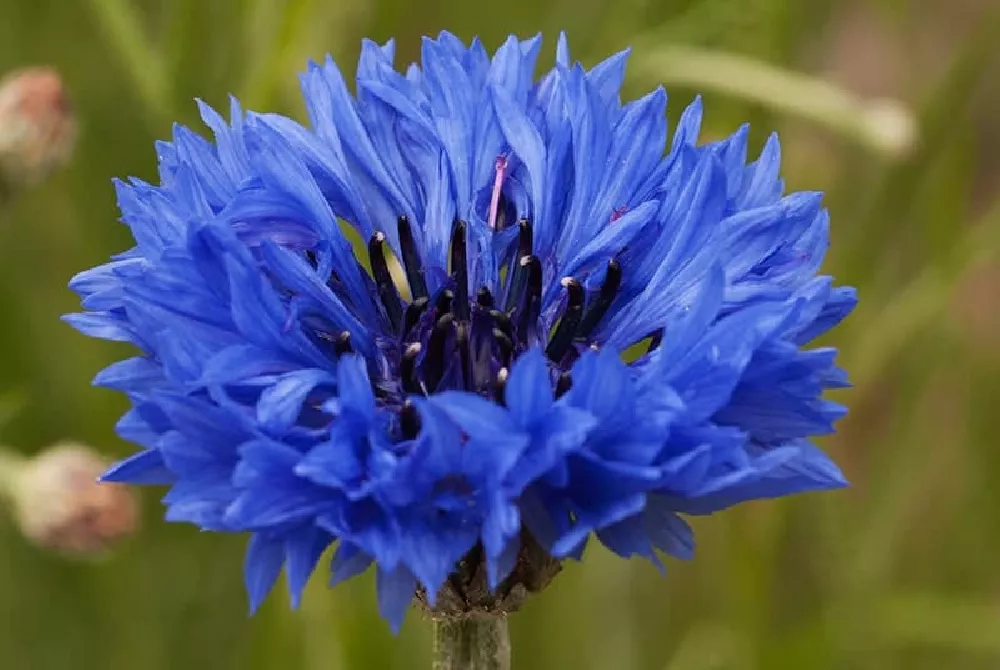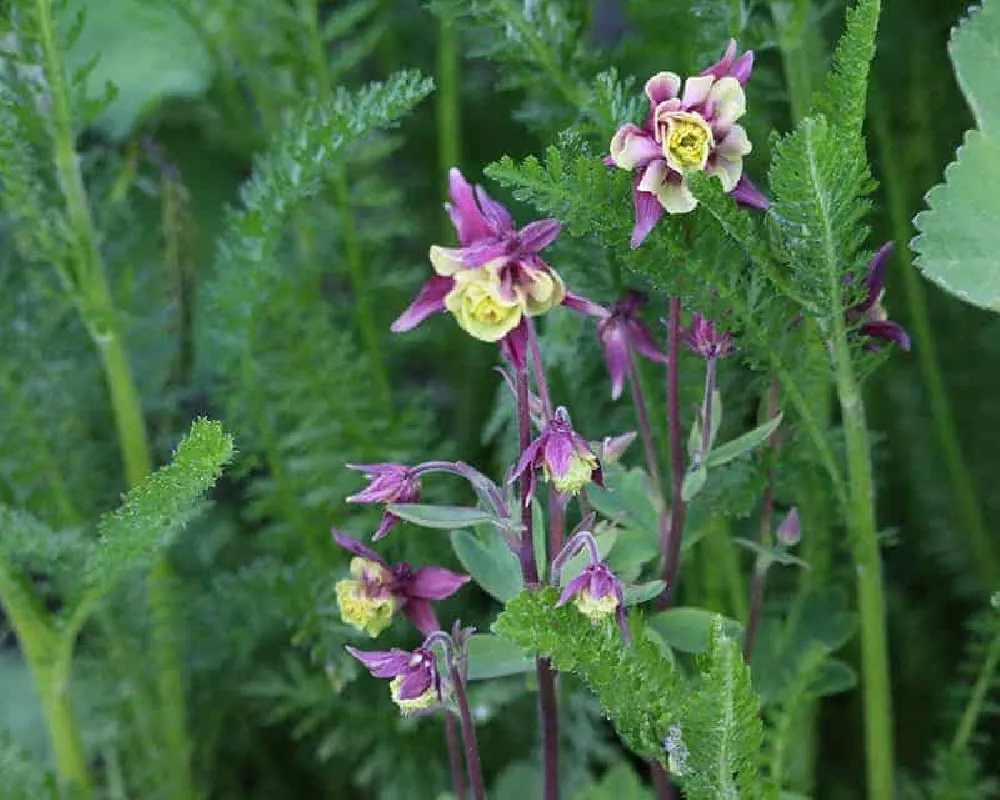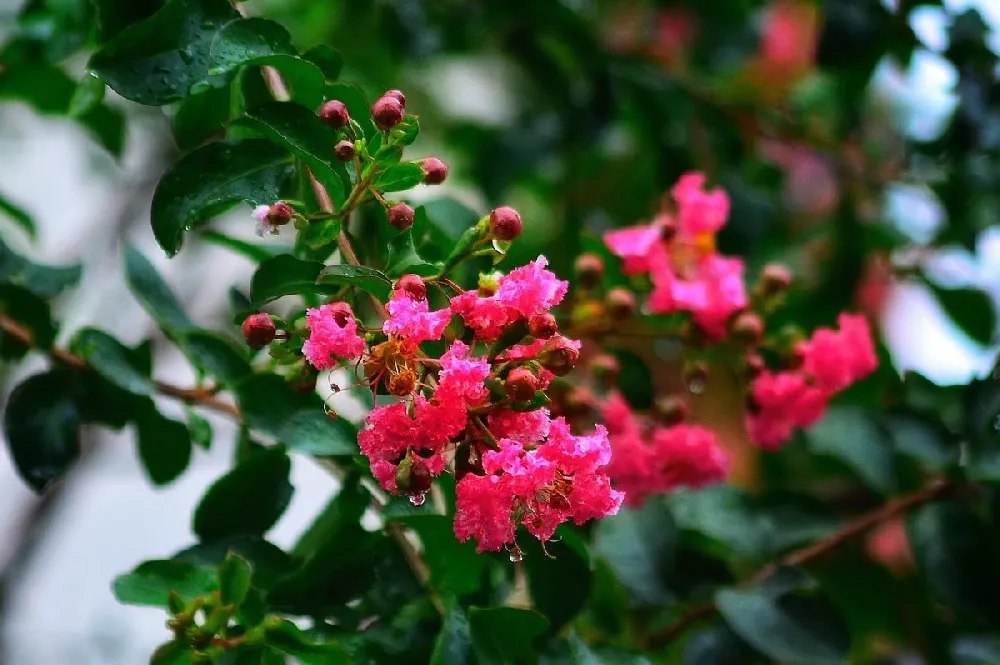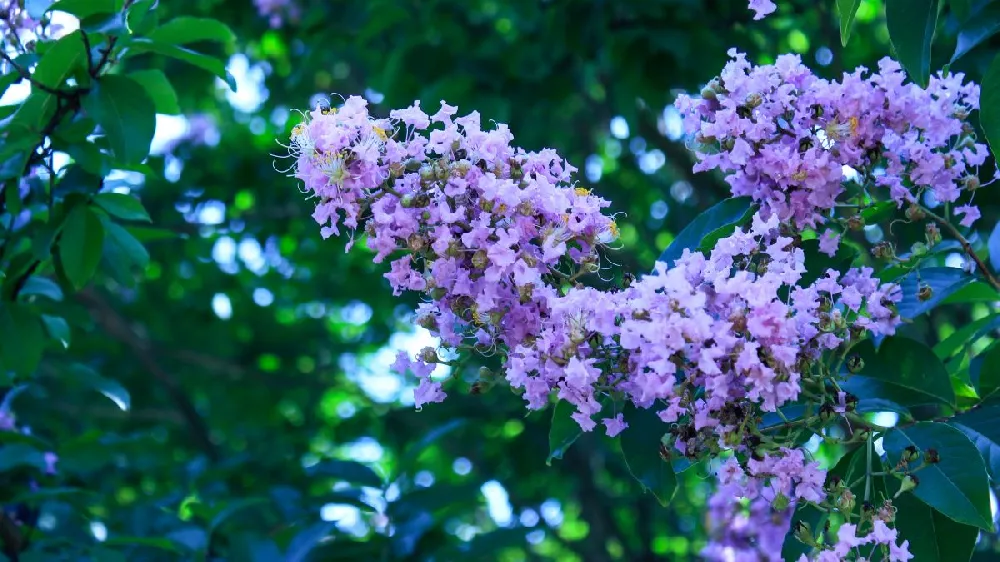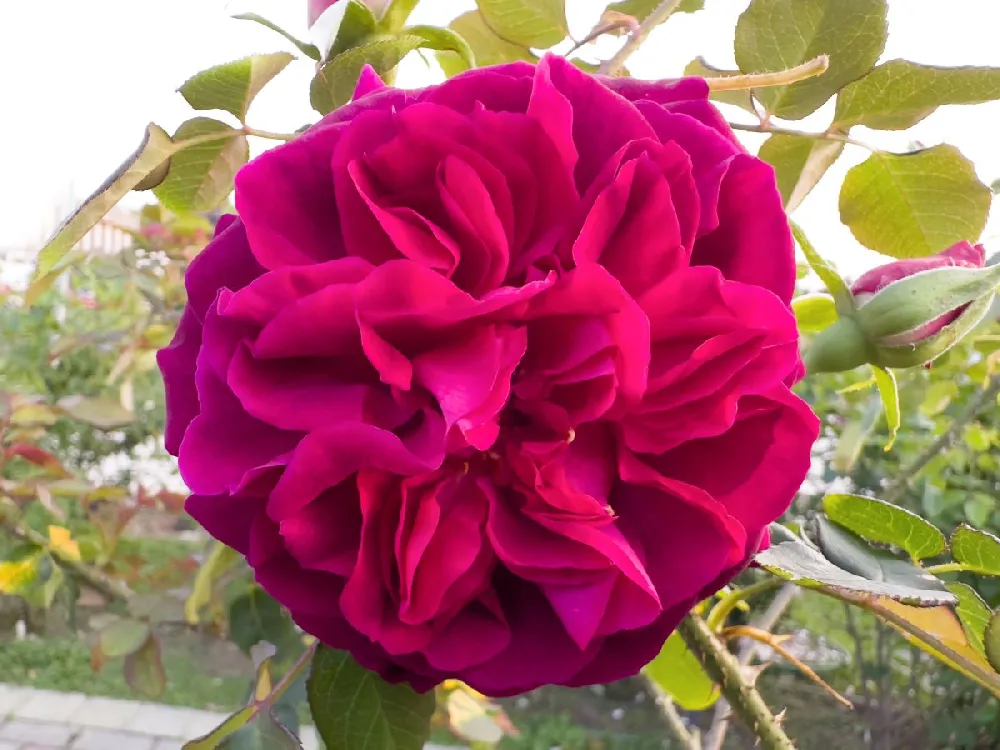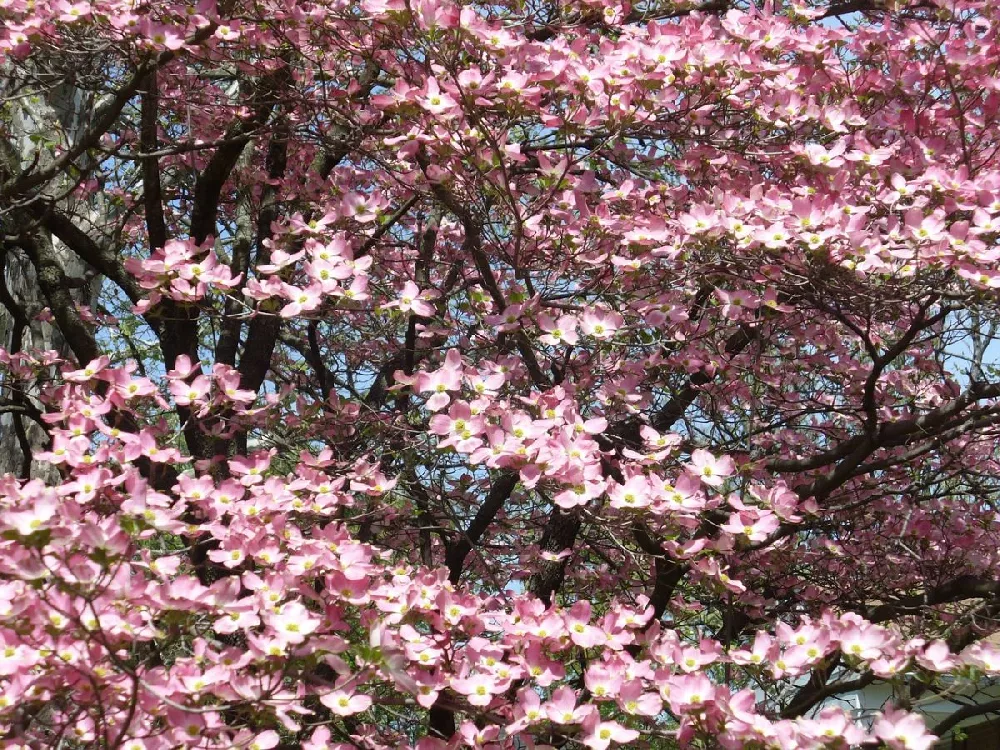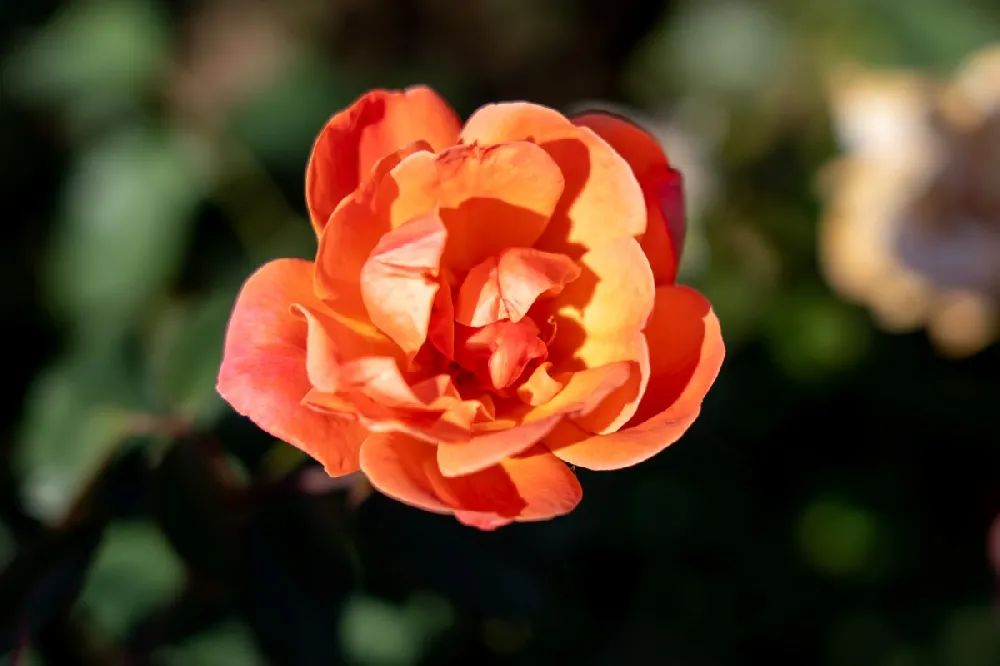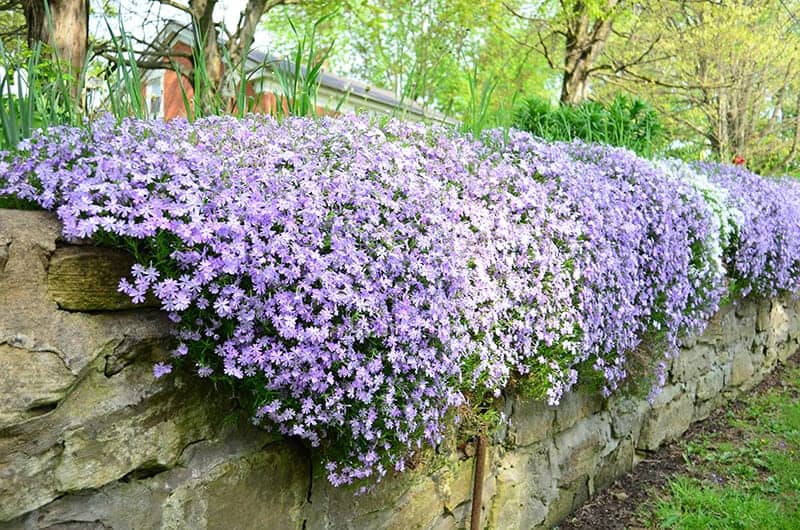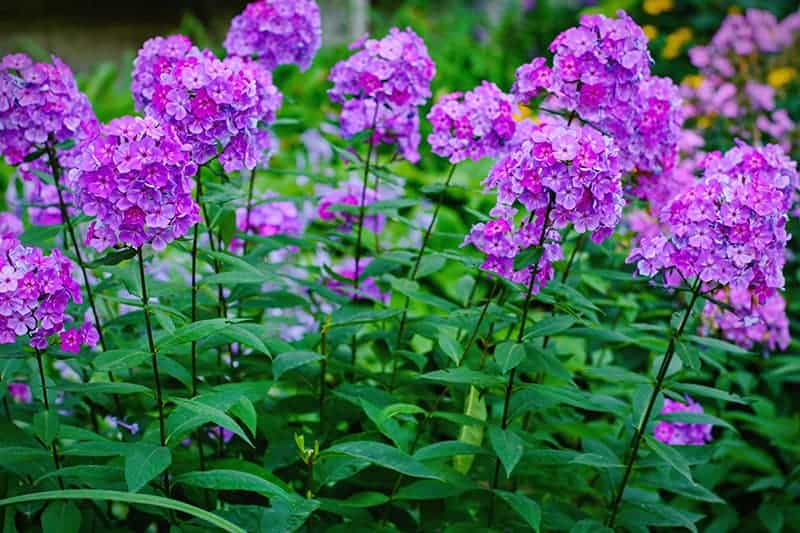Flowers That Start With ‘C’ for Sale - Buying & Growing Guide
Filters
Price Range
Growing Zones
Plant Type
Flower Color
Sunlight
Mature Height
Plant Characteristics
11 Results
-
Growing Zone(s): 5-9$89.95
$94.95Save up to 5% -
Growing Zone(s): 9-11$144.95
$179.95Save up to 19% -
Growing Zone(s): 5-9$109.95
$189.95Save up to 42% -
Growing Zone(s): 4-8$72.95
-
-
-
Sold OutGrowing Zone(s): 6-10$78.95
-
Sold OutGrowing Zone(s): 7-9$23.95
-
Sold OutGrowing Zone(s): 5-9$239.95
-
Sold OutGrowing Zone(s): 5-9$73.95
-
Sold OutGrowing Zone(s): 5-11$94.95
Flowers That Start With ‘C’ – Buying & Growing Guide
There are many clever ways to arrange your garden, and one intriguing method is to choose a letter of the alphabet and limit yourself to plants that begin with that letter. To try out this fun challenge, shop our flowering plants that begin with a “C.”
Types of Flowers That Start With a ‘C’
| Type | Growing Zones | Mature Height | Sun | Features |
| Carpet Bugle, Ajuga reptans | 5-9 | 6-12 inches | Partial to full shade, 4 hours of sun or less | Foliage ranges from variegated white-to-green up to purple and gray-green; blue flowers in early summer |
| Cape Primrose, Streptocarpus | 10-11 | 12 inches | Partial to bright filtered shade | Evergreen perennial; good container plant; pink, blue, or purple flowers bloom for eight months |
| Chocolate Cosmos, Cosmos atrosanguineus | 7-10 | 2-3 feet | Full sun, 6 hours or more of direct light a day | Tuberous perennial; chocolate-scented velvet-crimson flowers; blooms mid-summer to frost |
| Coral Bells; Heuchera | 4-9 | 12-18 inches | Partial to bright filtered shade | Striking colorful foliage for shade; panicles of blooms from spring to fall in pink and white |
| Crape Myrtle, Lagerstroemia indica | 6-9 | 4-12 feet | Full sun, 6 hours or more of direct light a day | Deciduous shrub with dense clusters of colorful blooms from summer-fall; attractive glossy foliage |
| Carnation, Dianthus | 5-10 | 1-2 feet | Full sun, 6 hours or more of direct light a day | Pink, white, red, or purple flowers with serrated petals; elegant gray-green foliage |
| Calla Lily, Zantedeschia | 8-10 | 1-2 feet | Full sun, 6 hours or more of direct light a day | Excellent cut flowers; blooms are orange, pink, white, or yellow depending variety; easy to grow |
| Cow Parsley, Anthriscus sylvestris | 7-10 | 3-5 feet | Full to partial sun, 4 hours or more of direct light a day | Robust short-lived perennial with airy, white flowers and ferny leaves; pollinator magnet |
| Columbine, Aquilegia vulgaris | 3-8 | 1-3 feet | Full to partial sun, 4 hours or more of direct light a day | Bushy perennial with delicate blue, violet or white blossoms in spring-early summer; deer resistant |
| Clematis, Clematis | 4-9 | 4-6 feet | Full to partial sun, 4 hours or more of direct light a day | Short climbing vine with pink, white, or purple flowers; deadheading encourages blooms; needs a trellis |
How to Plant Flowers
For most flowers, the best time to plant is spring or early fall. Place your plant carefully according to the amount of sun it needs, and plant in fertile, well-drained soil.
Unpot your new plant and tease out any encircling roots, which can eventually girdle and kill the plant if left as they are. Dig a hole that is a little deeper than the root ball and twice as wide. Throw in a few handfuls of well-rotted compost or manure.
Place the plant in the hole so that it is at the same level as it was in the pot. Fill in around it with soil that has been mixed with compost or manure. Tamp down the soil. Don’t fertilize immediately, but give your plant time to adjust to its new home. Do water it thoroughly, though.
Your new plant will need daily watering for a few weeks while it acclimates to its location. After that, you should only need to water it when the soil feels dry. Most plants manage nicely with about one inch of water a week. Mulching around the plant with an organic mulch such as bark chips can keep watering to a minimum.
Once established, you can give your plant a boost with an all-purpose, slow-release balanced fertilizer. Follow package directions, and water in the product after spreading it around the plant.
